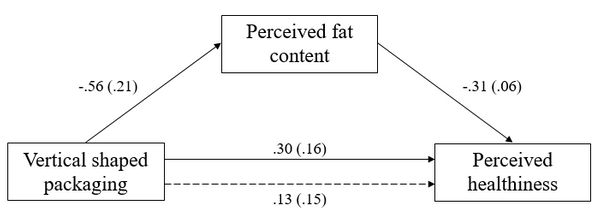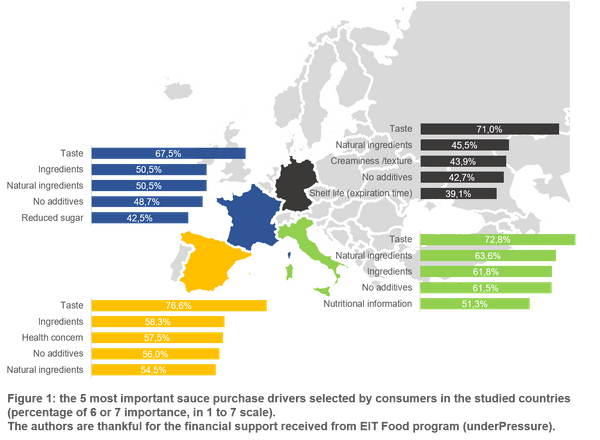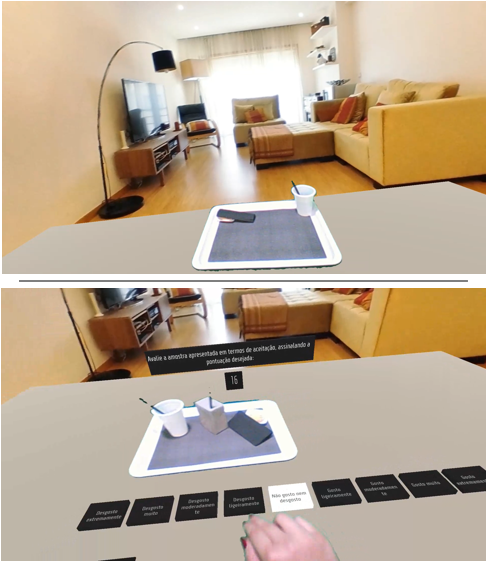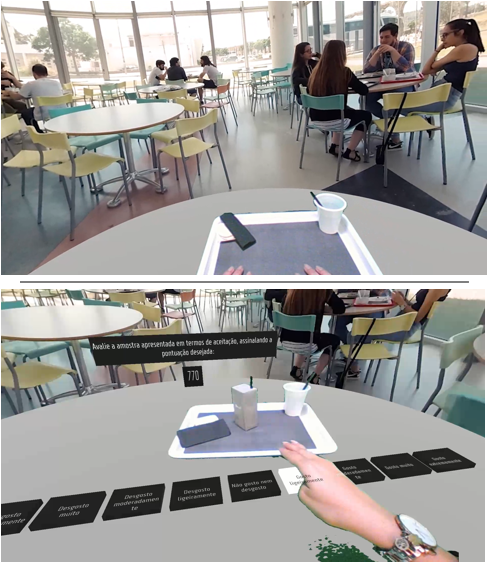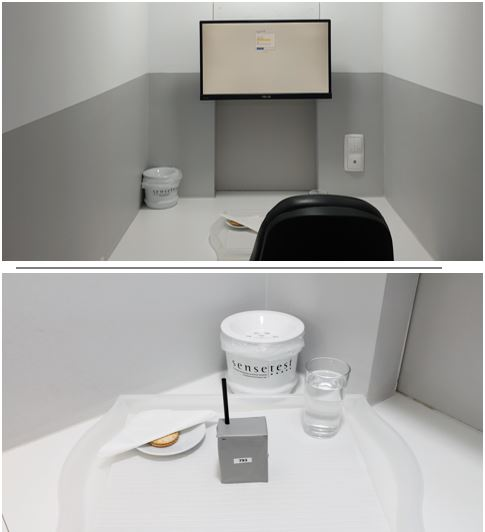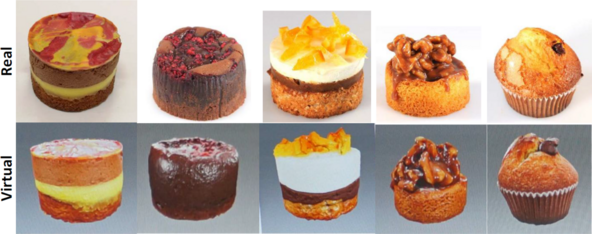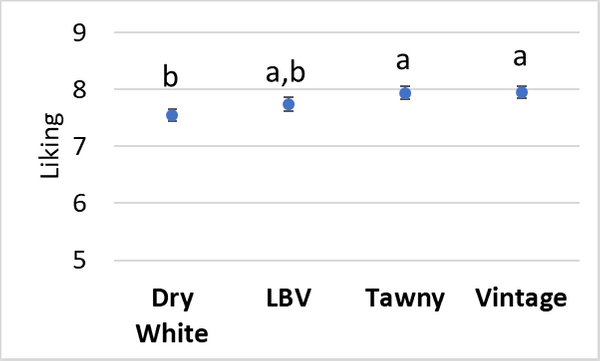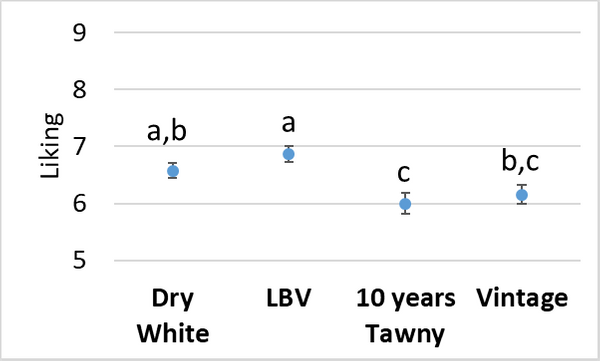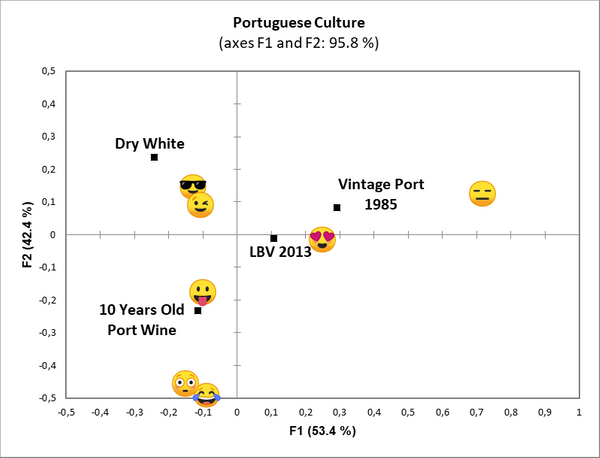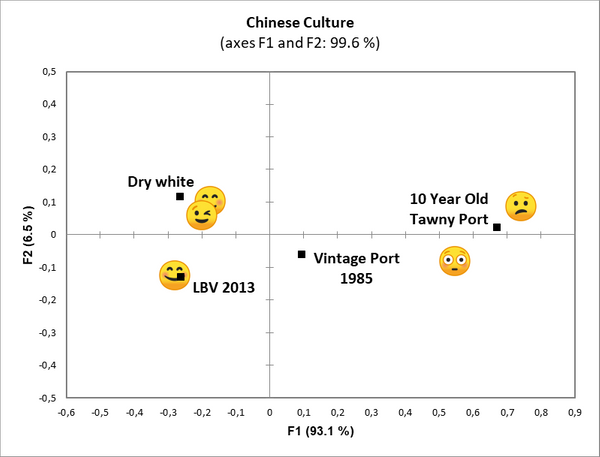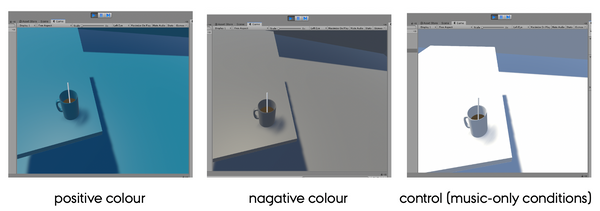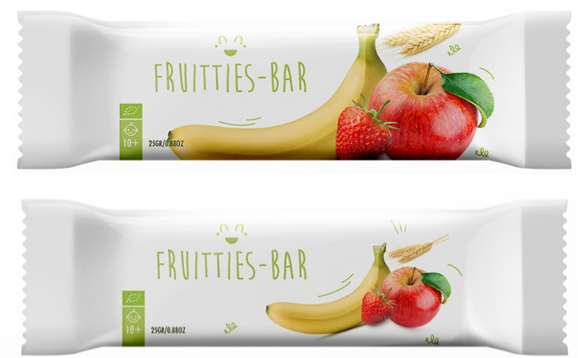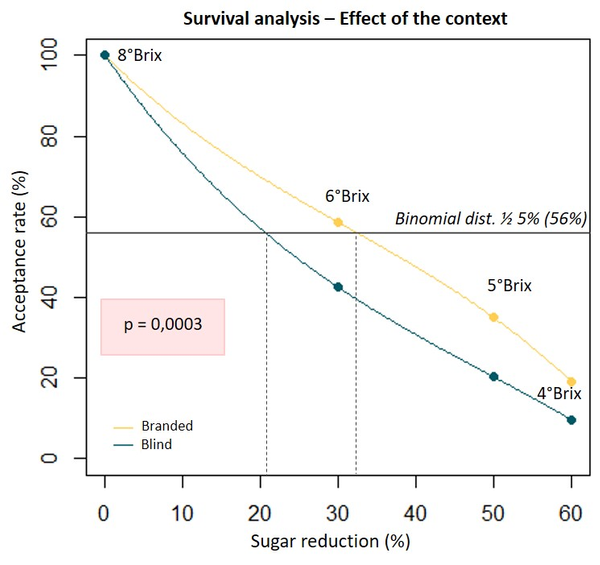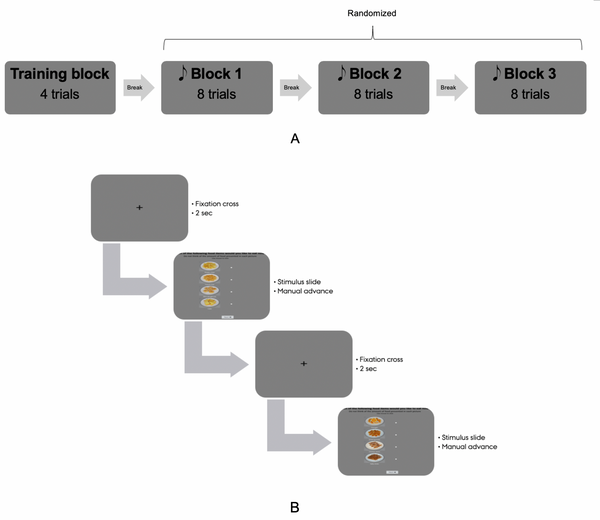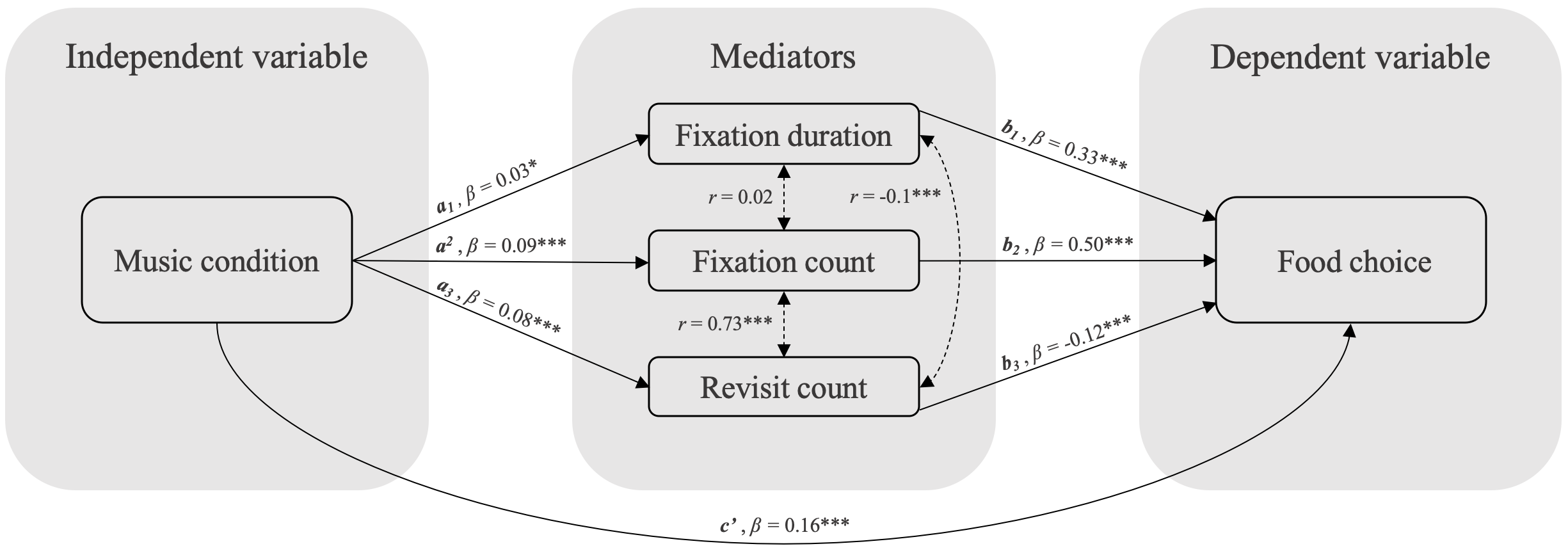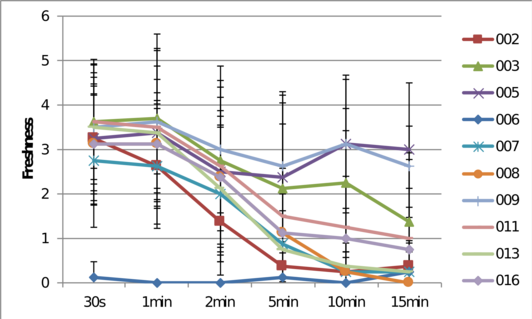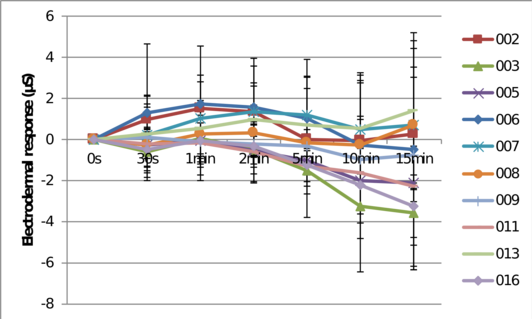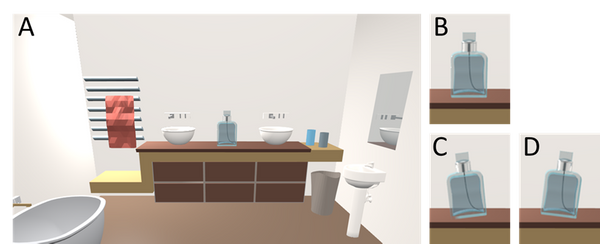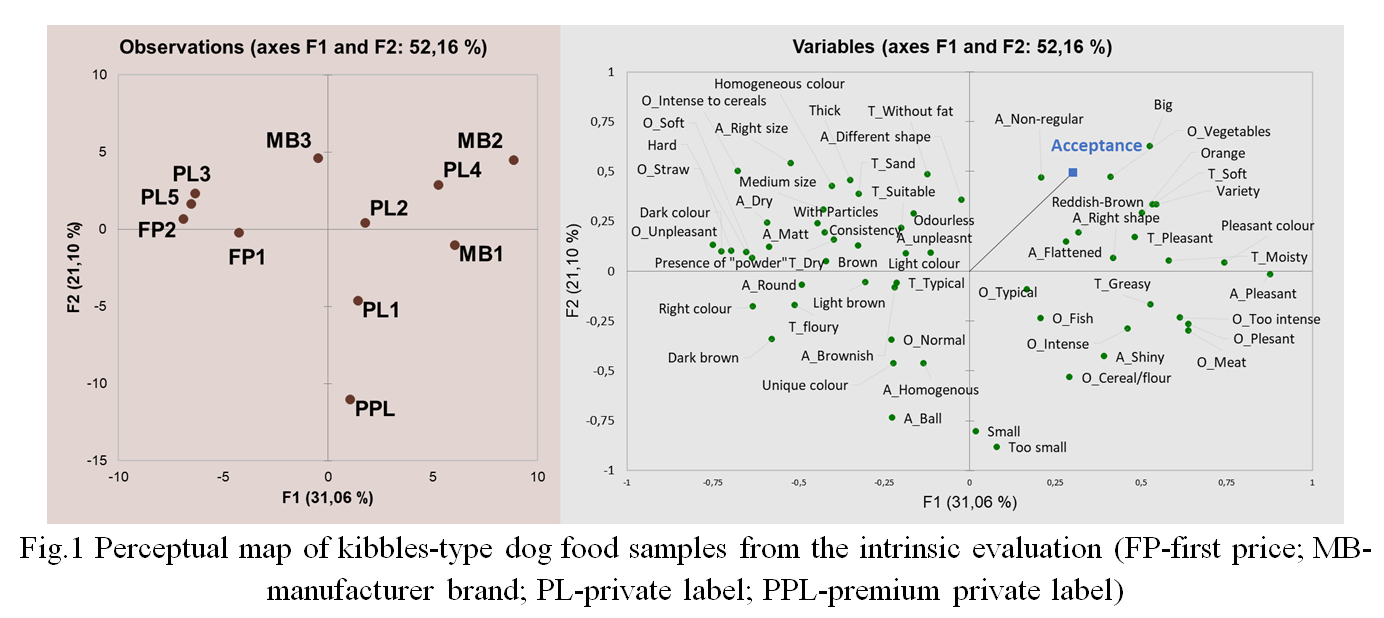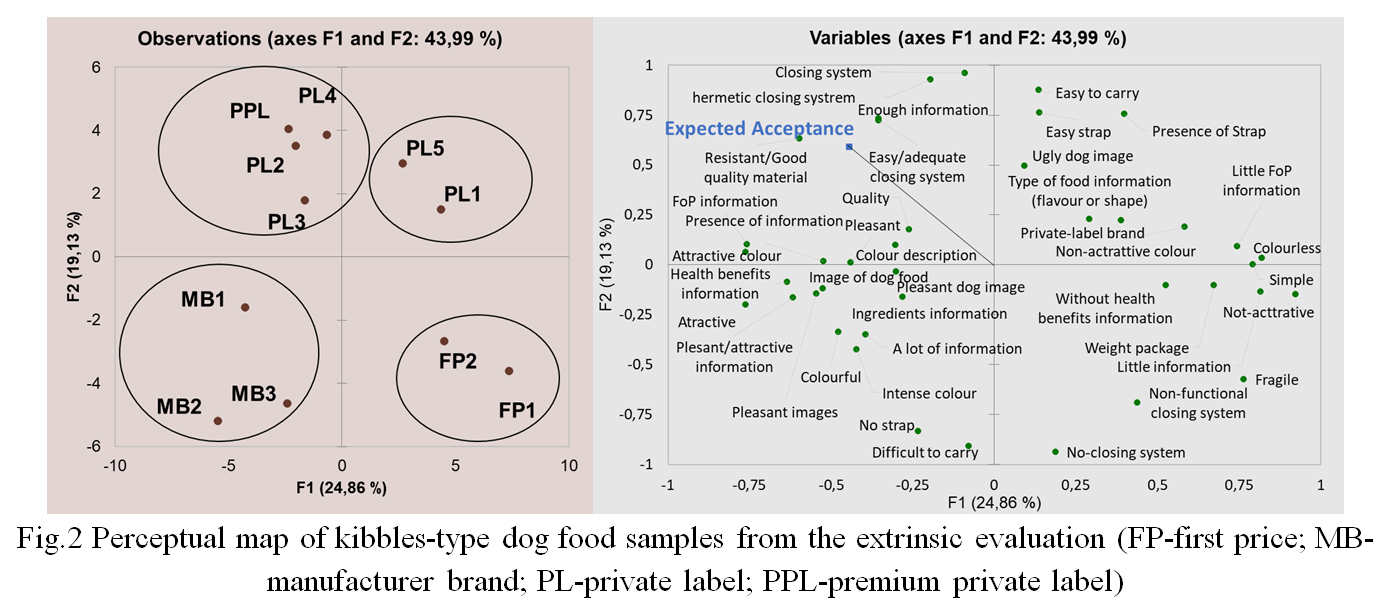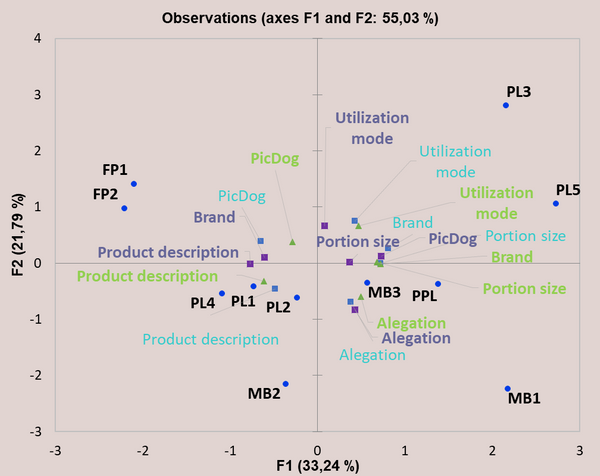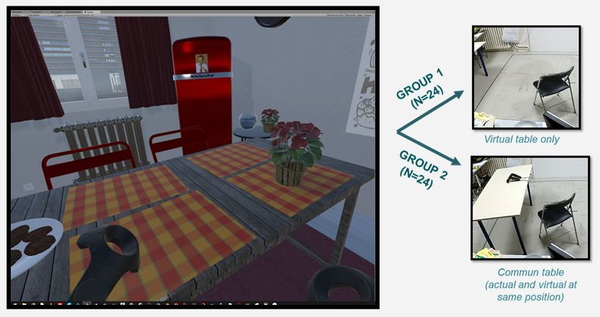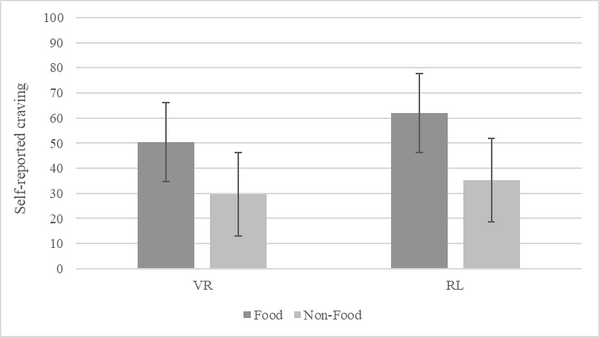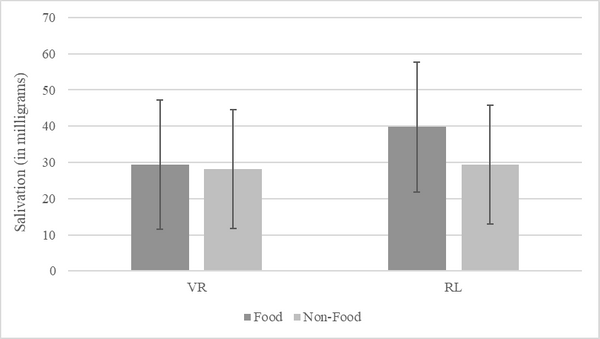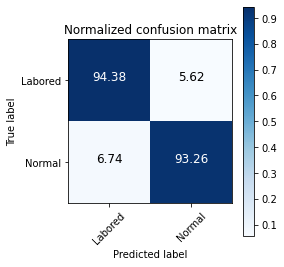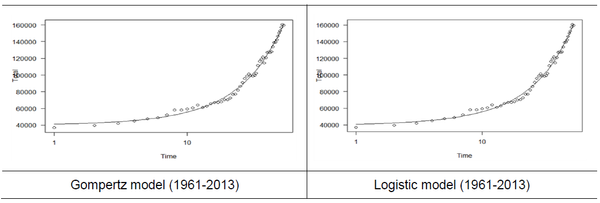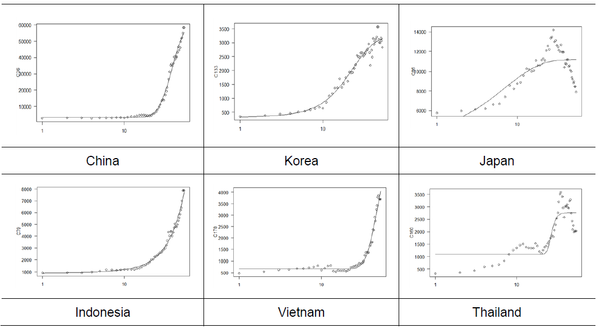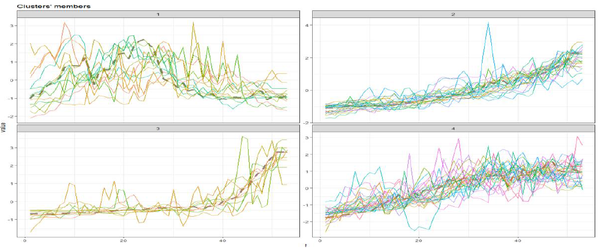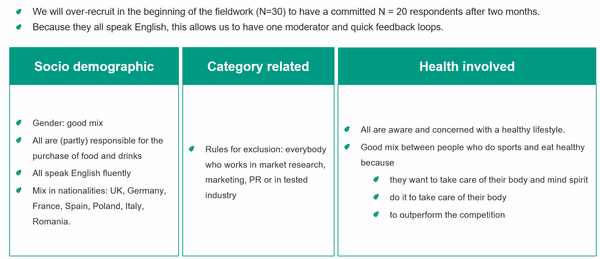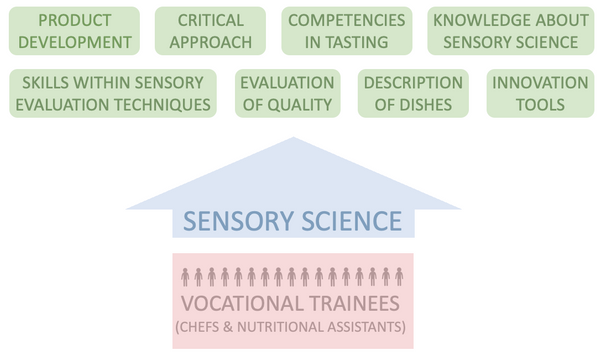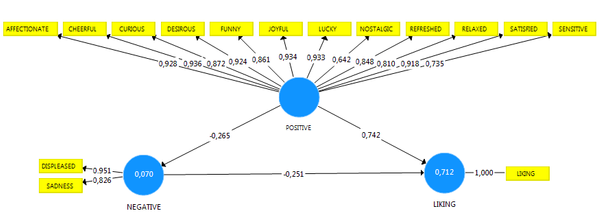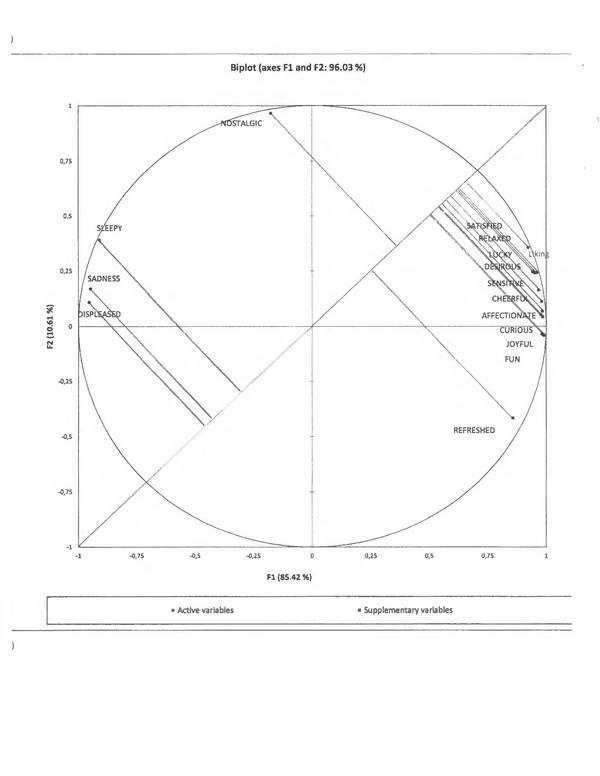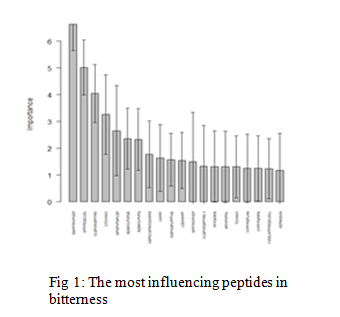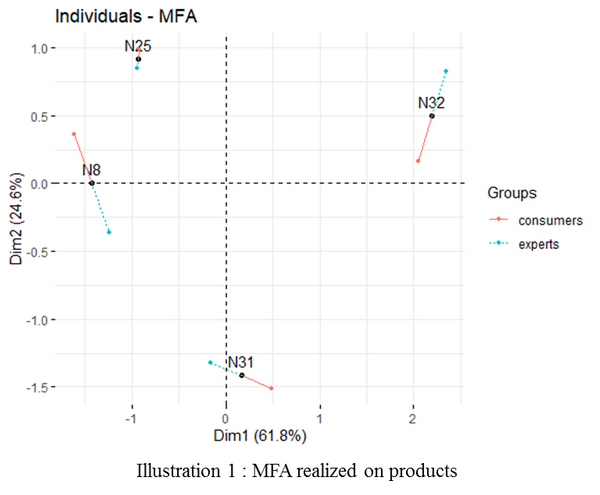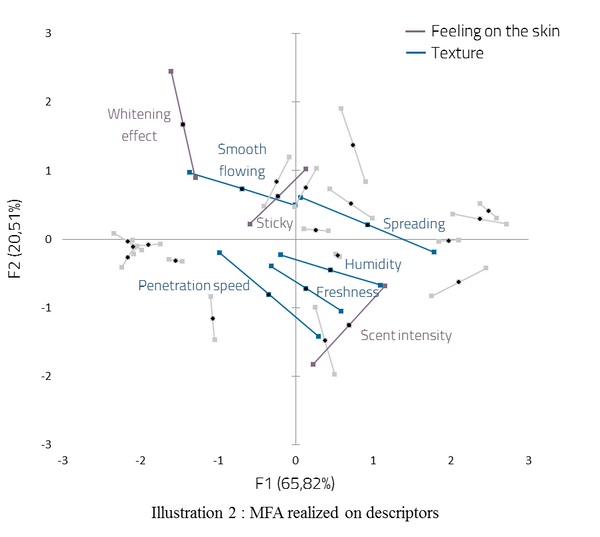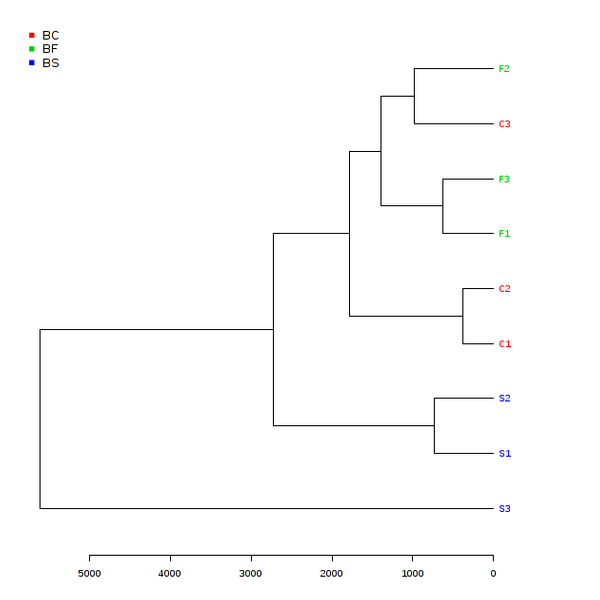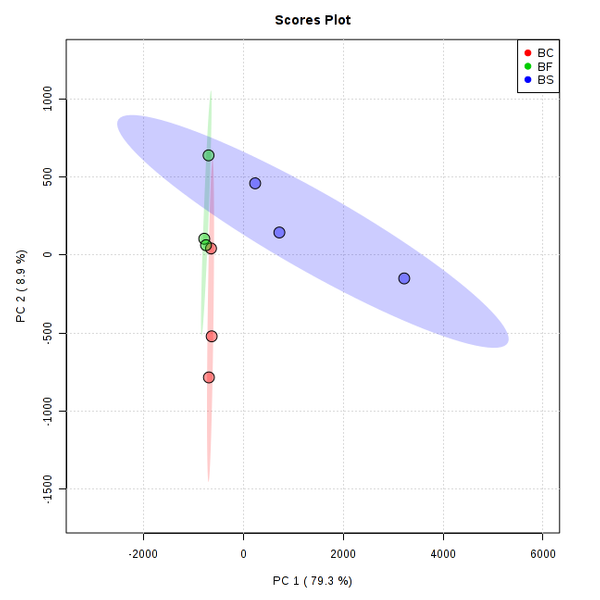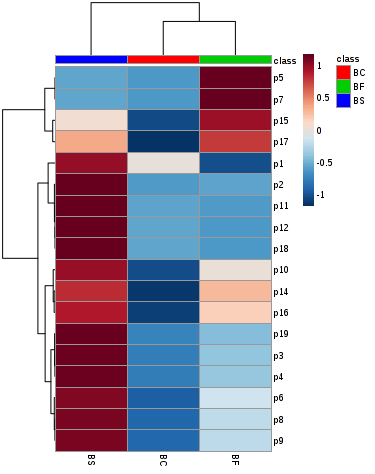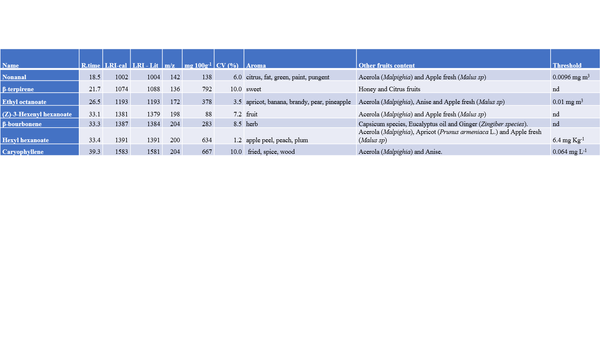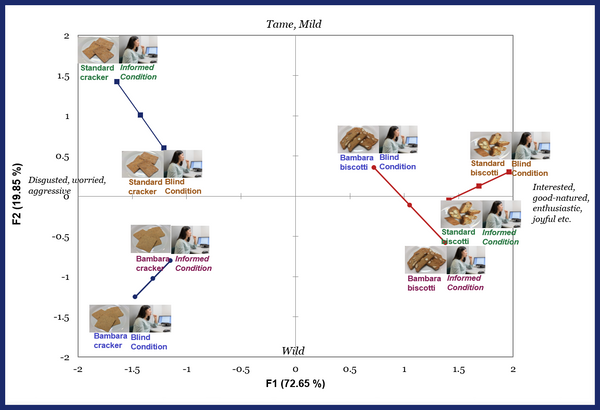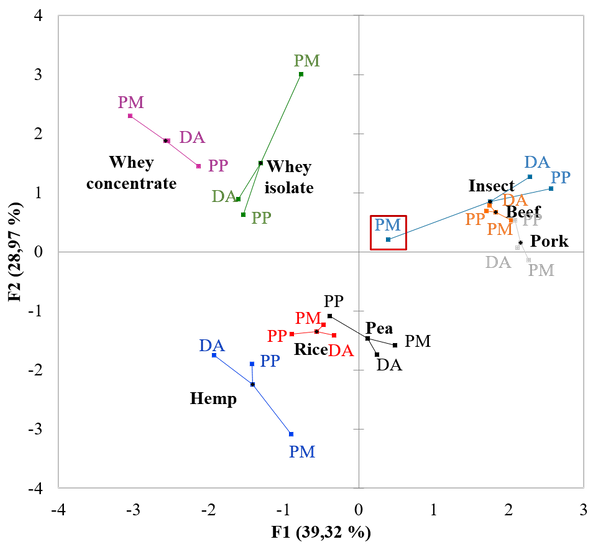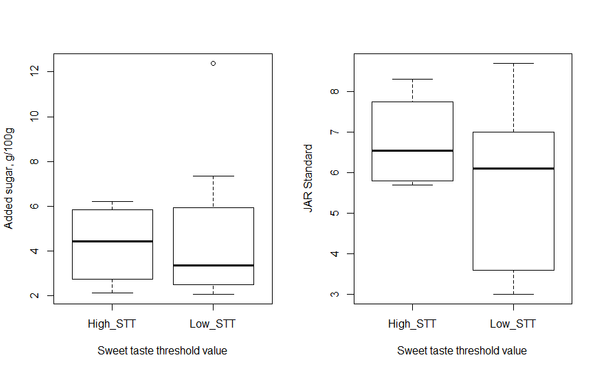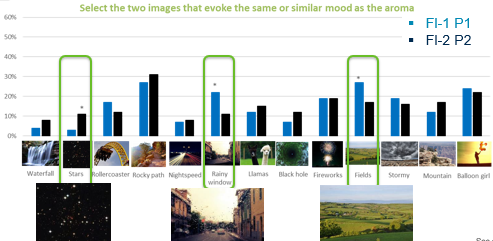Abstract
Introduction:
Consumption context can impact both hedonic & emotional profiles evoked by products. This study aimed to evaluate influence of testing context on product metrics & discrimination to understand if context ‘tools’ available can move us closer to ‘true’ contexts.
Methods
A total of 39 consumers tasted 3 porridges within four testing paradigms (Fig 1):
- Central Location Test (CLT), Evoked Context CLT (EvokeCLT), Virtual Reality (VR), Home Use (HUT)
EvokeCLT - written context to trigger participants memory of ‘breakfast at home’, VR - ‘Breakfast at Home’ 360° computer generated context, combining visual & auditory stimuli, and HUT - participants consumed products in ‘usual’ breakfast context.
Products presented in balanced randomised order & participants took part in one session/week, balanced across the 4 contexts. Key metrics captured included overall liking, flavour attributes, emotional profiles (emoji) & test engagement.
Results and Discussion:
Consumers perception of product performance was shown to be influenced by the testing context, with most discrimination between products seen within CLT setting; possibly suggesting consumers are more focused & analytical in assessment. However, when understanding overall product experience is the key objective, using a VR simulation of a real context resulted in product discrimination most close to ‘real’ context.
Emoji profiles indicated VR evoked feelings of surprise & thoughtfulness, whilst standard CLT (sensory booths) associated with bored & neutral emojis (Fig 2). This finding was supported by the engagement data, VR evoked significantly higher consumer immersion & realism than EvokeCLT, but also brought more discomfort/difficulty eating.
Computer generated VR offered an immersive ‘Breakfast at Home’ context with broad flexibility including;
- variable lighting to alter perceived time of day & season,
- multiple product forms assessable as product is not embedded in VR, (augmented-virtuality region),
- VR embedded screen creates ability to view externally linked information within the experience (including questionnaire).
This work was supported by PepsiCo R&D. The views expressed in this article are those of the authors and do not necessarily reflect the position or policy of PepsiCo, Inc.
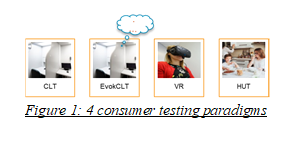
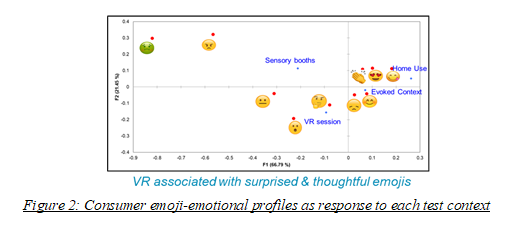

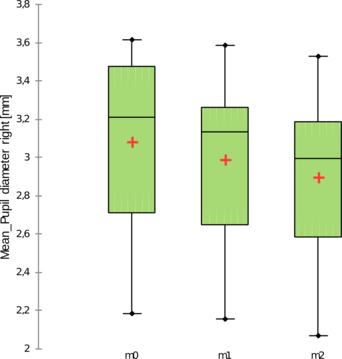
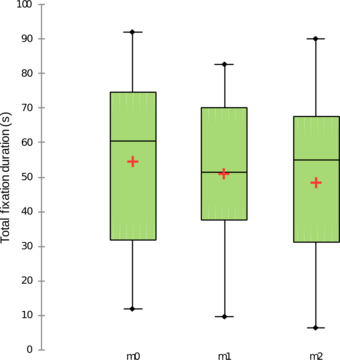

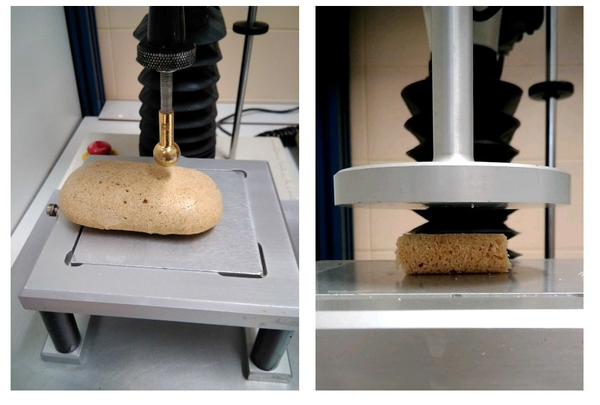
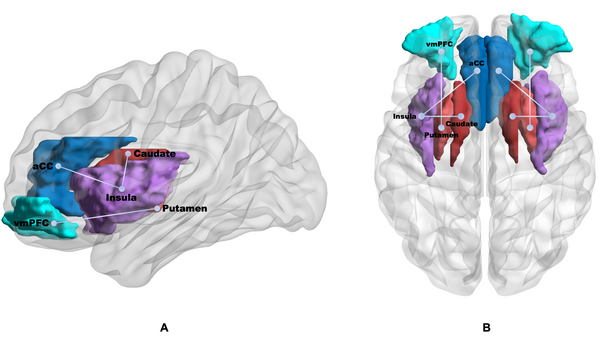
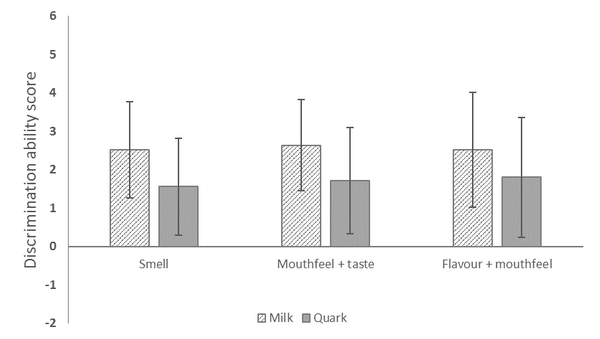
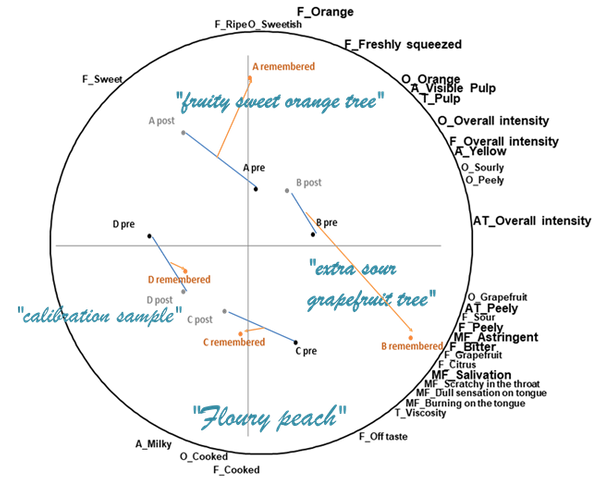
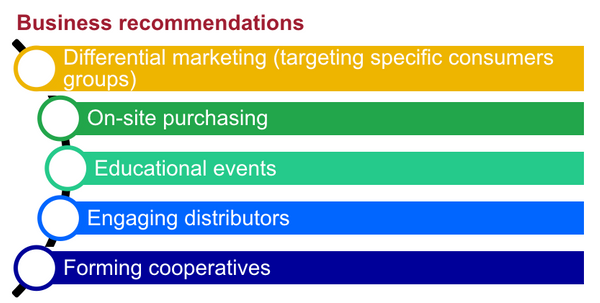
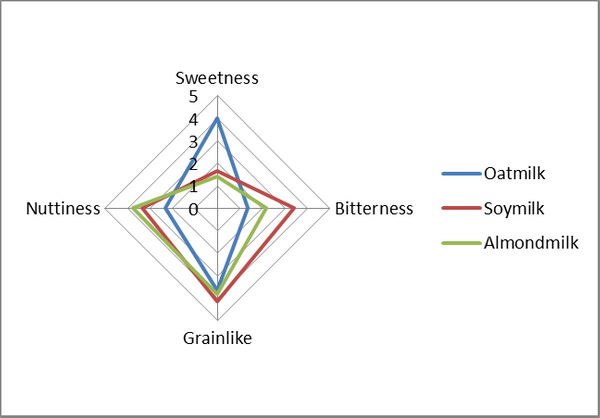
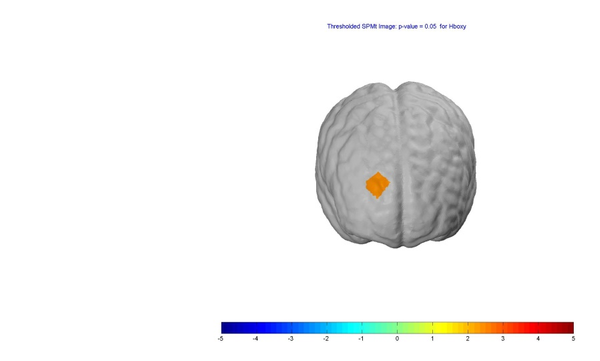
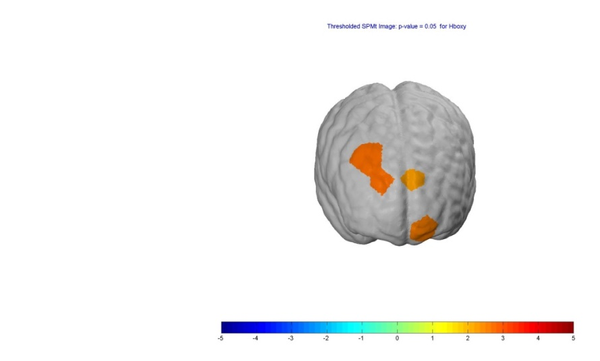
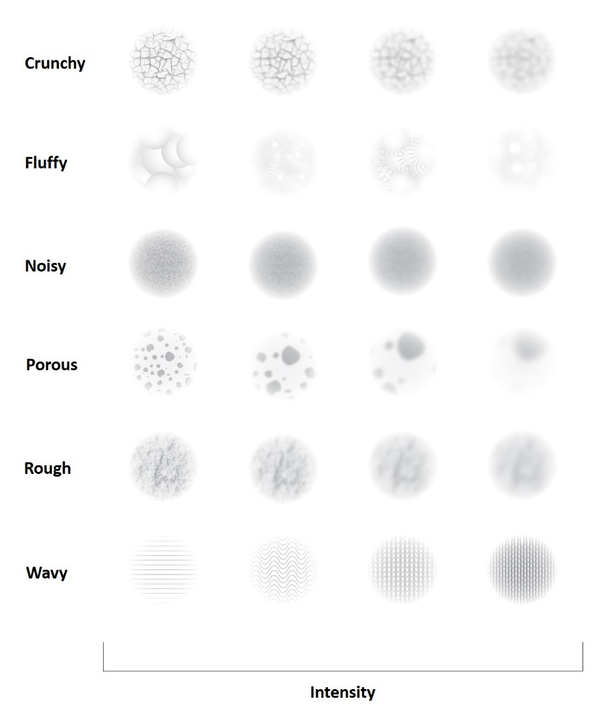
 (b)
(b) 
